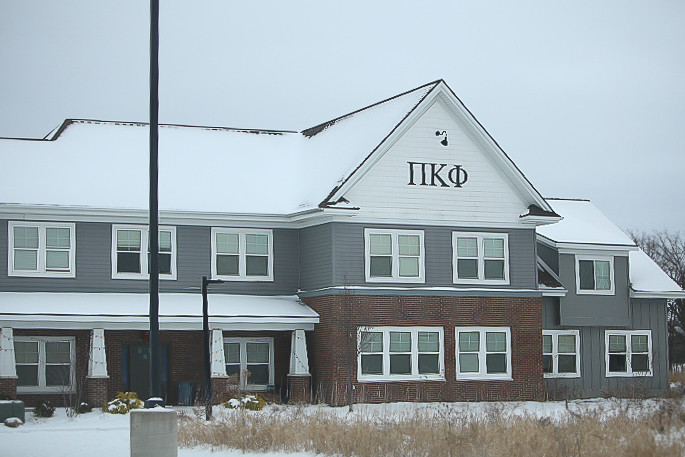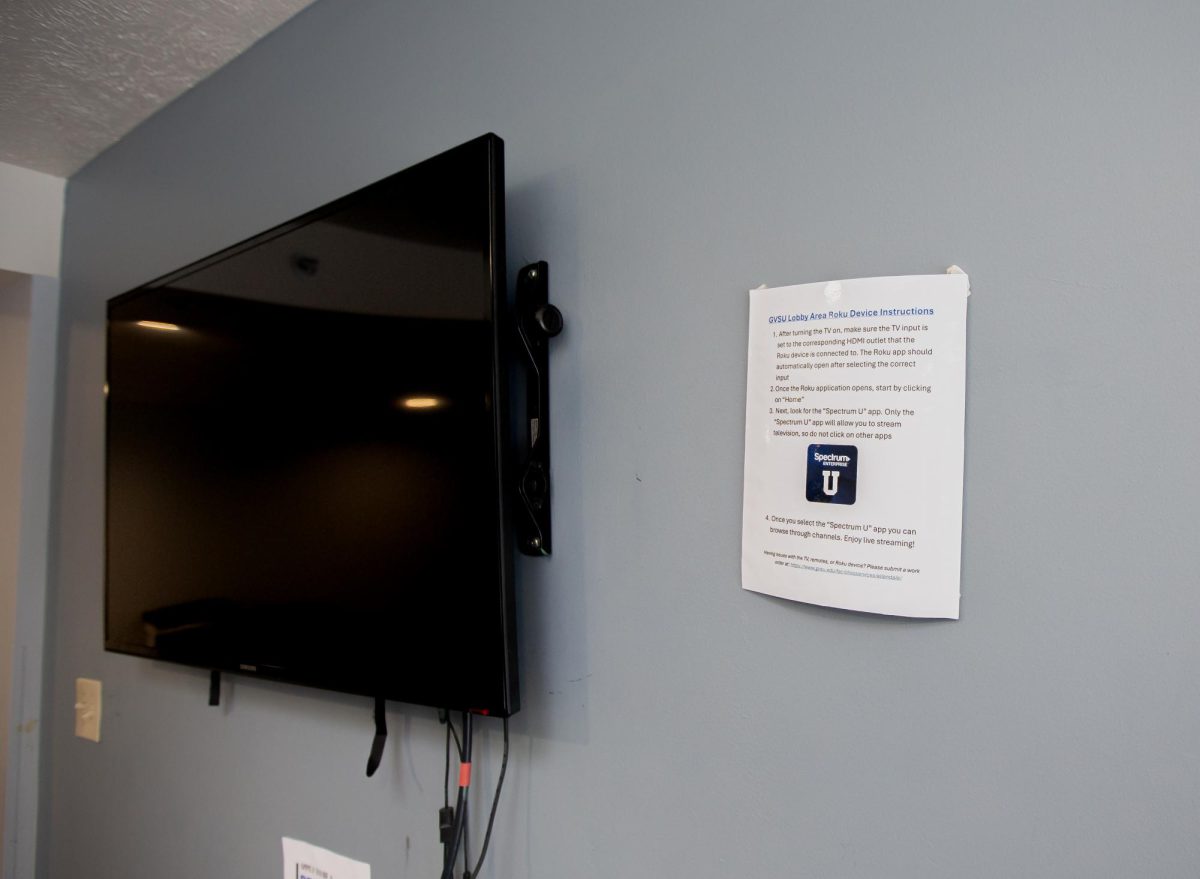Student senators investigate GV’s latest tuition hike
Sep 27, 2021
Representatives of Grand Valley State University’s administration appeared before the university’s Student Senate on Sept. 23 to offer reasoning and clarity behind its decision to raise student tuition by 2.4% for the 2021-22 academic year.
The increase, costing students an additional $158 per semester, continues the series of steady increases in student tuition each year. University officials presenting at the Senate meeting placed responsibility for the tuition hike on the state government.
“The systematic underinvestment by the state makes tuition need to be the bigger contribution to make this university what it is today,” Vice President for Finance and Administration Greg Sanial said.
The representatives characterized what they saw as state negligence as a major component of why the campus experience needed to be shouldered by student tuition.
“If we want to have the Grand Valley that we know and love, tuition is the other piece,” Sanial said. “That’s what’s happening, it’s the underinvestment of the state.”
Although the tuition hike represents the university’s lowest annual hike in 17 years and comes as the university announced an additional $5.4 million in financial aid to students this past summer, senators were intent on getting clear rationale from the university. One senator in the meeting took aim at the representatives’ language surrounding “free printing” that, due to printing credit being charged as part of students’ tuition, the senator considered misleading. Senators voiced other personal concerns as well.
“As someone who’s paying for their own college out of pocket, I think more needs to be done, whether that is offering more financial aid or making budget cuts,” said Student Senator Teagan Byers.
When asked if the university’s increase in financial aid was enough to balance out the tuition hike, Byers remained skeptical.
“It’s almost like a Catch-22,” Byers said. “It’s benefiting some people but at the same time it’s like, ‘Oh, my tuition’s raised,’ so the uprise in financial aid didn’t really do much for some students.”
As for the university, Sanial said that, because the administration felt financial aid offerings were low, those offerings needed to be raised accordingly.
“It’s an equity and an access issue,” Sanial said. “By bringing our financial aid levels up, we can create a better opportunity for more people.”
Paired with what the representatives claimed to be lagging state allocations, public data indicates that the university has slim room for deciding how much it allocates from its general budget to cover the heightened financial aid. According to public records available on the university’s website involving student enrollment and historical tuition rates, due to a drop in enrollment, the university will incur a deficit of $2,711,020 less in tuition revenue compared to the fall of 2020, not including room and board.
Following the Senate’s meeting, however, Sanial struck an optimistic tone about how the financial aid increase was affecting the student body.
“Generally, (the reaction’s) been positive,” Sanial said. “Obviously, no one likes to have their tuition increased and we don’t want to do that, but the budget we just talked about was approved at the Board of Trustees meeting in June of last year and there was reaction then.”
Despite hesitancy to commend the university elsewhere on the issue, Senator Byers shared that optimism.
“I do think that’s great that they are raising the financial aid because that’s obviously something that’s really important,” Byers said.
With student reaction to tuition and other costs related to the university still swirling on social media, the information obtained by the Student Senate may prove key in providing ultimate clarity to the student body.



























